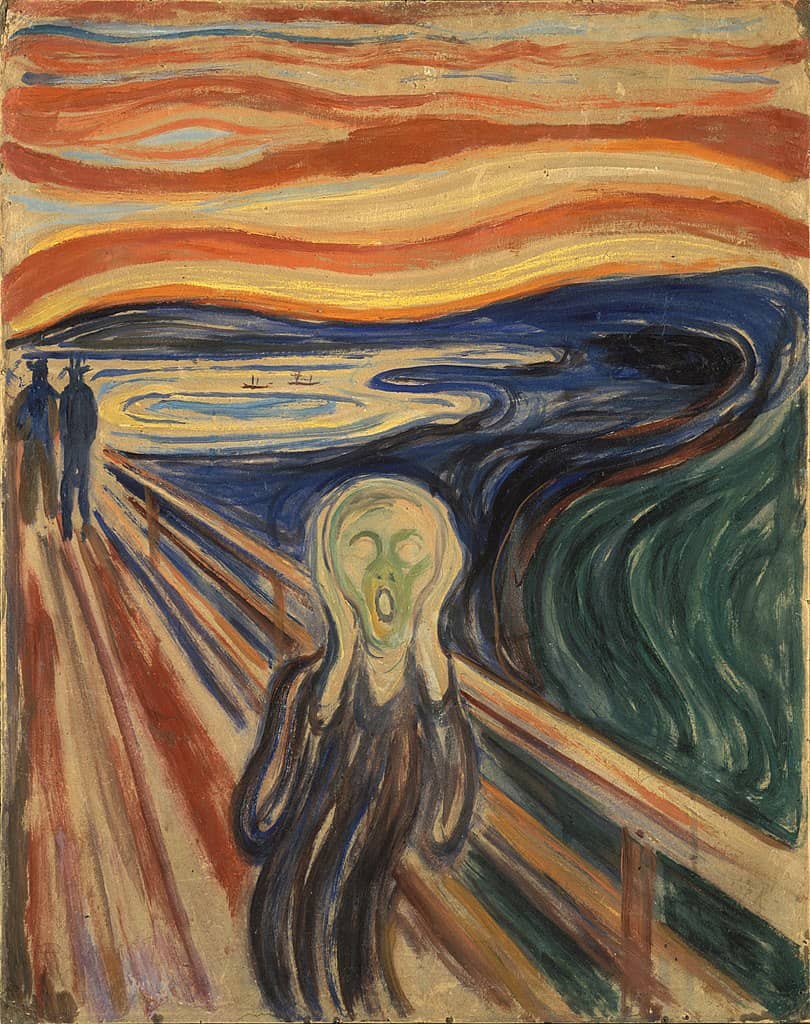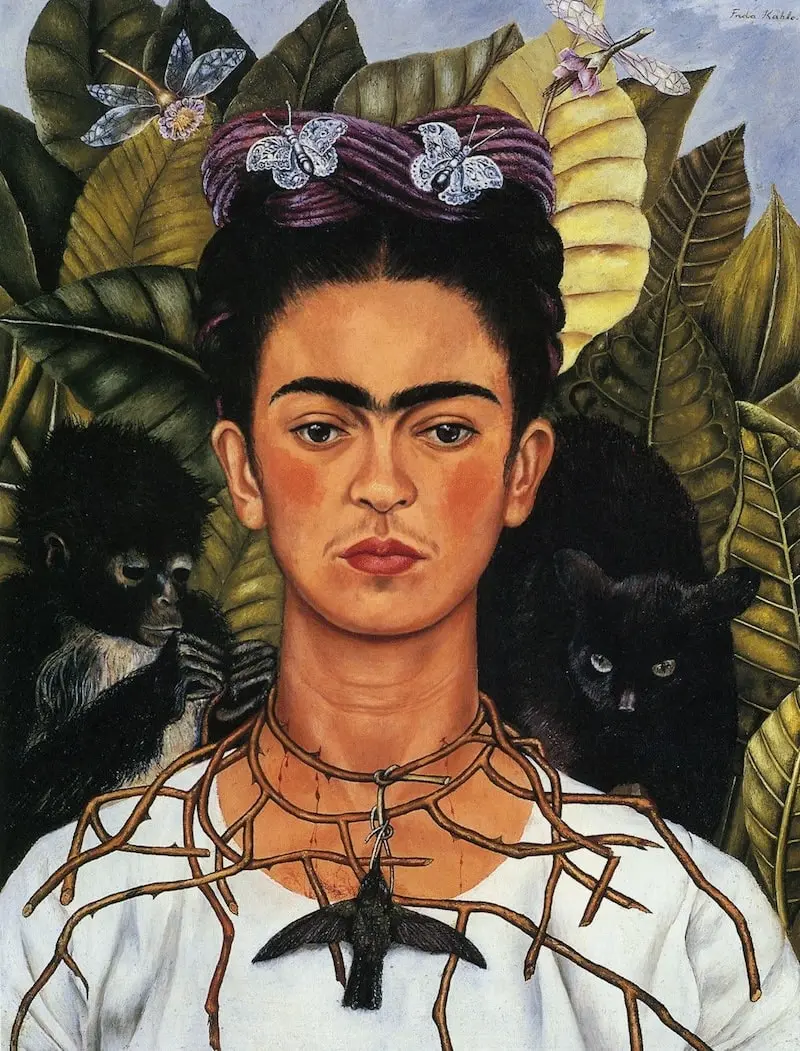Introduction
Imagine Vincent van Gogh, in the throes of a mental breakdown, picking up his brush to paint 'Starry Night,' a masterpiece that would later be recognized as a symbol of his struggle and resilience. This is not just a tale of an artist's torment and talent but also a testament to the therapeutic power of art. Van Gogh's life and art have been extensively analyzed, with over 150 doctors attempting to diagnose his condition posthumously 1. His story serves as a compelling entry point into the fascinating field of Neuroaesthetics, a discipline that explores how art stimulates our brains and impacts our mental health.
Neuroaesthetics, a term coined by Semir Zeki, a neurobiologist at University College London, bridges neuroscience, psychology, and art, aiming to decode how the brain perceives, processes, and responds to artistic expressions 2. This interdisciplinary field offers profound insights into the intricate relationship between art, the brain, and human emotion, opening new avenues for understanding and promoting mental health through artistic engagement.

The Connection Between Art and the Brain
Art is not merely a feast for the eyes; it's a banquet for the brain. When we appreciate art, our brains embark on a complex journey involving various regions, including those responsible for visual processing, emotion, memory, and pleasure. Recent studies utilizing advanced brain imaging techniques such as functional Magnetic Resonance Imaging (fMRI) and Electroencephalography (EEG) have identified several brain regions involved in aesthetic processing 3. For instance, the colors in a painting activate our visual cortex, while the emotions it evokes stimulate our amygdala. The experience of beauty and art activates the brain's reward circuits, including the orbitofrontal cortex and the striatum. This activation is linked to the emotional and motivational aspects of aesthetic appreciation, suggesting that our enjoyment of art is deeply connected to the brain's reward system 4.
Neurotransmitters play a crucial role in our aesthetic experiences. Dopamine, associated with reward and pleasure, surges when we encounter captivating art, reinforcing our attraction to beauty. Serotonin, known for mood regulation, also influences our emotional response to art, affecting how we perceive beauty in various contexts 5. Interestingly, specific elements of art, such as symmetry, color, and composition, influence our aesthetic judgments. For instance, symmetrical patterns are often perceived as more attractive due to the brain's preference for order and predictability 6. This understanding of how our brains process art opens up new possibilities for using art as a tool for mental health improvement and cognitive enhancement.
The Impact of Art on Mental Health
Art's impact extends beyond the canvas; it can be a powerful tool for mental health. Art therapy, a form of psychotherapy, uses the creative process to improve and enhance the physical, mental, and emotional well-being of individuals. It allows people to express and understand emotions that are often difficult to articulate in words. Different forms of art have distinct impacts on mental health:
- Visual Arts: Engaging with visual arts has been shown to activate brain regions associated with pleasure and reward, contributing to improved mood and mental health. Studies suggest that creating or viewing art can lead to a release of endorphins, the brain's natural opioids, which contribute to feelings of euphoria and heightened enjoyment 7.
2. Music: Music therapy is particularly effective in reducing stress, improving mood, and lowering physiological markers such as heart rate and blood pressure. It can also help reduce the intensity of pain and the need for pain medication, making it a beneficial complementary therapy for individuals undergoing medical treatments 8.
3. Dance: Dance therapy uses movement to enhance mental and physical well-being. It is particularly effective in developing a positive body image, improving self-esteem, and reducing stress and anxiety 9. The physical activity involved in dance can improve various bodily functions, including circulatory and respiratory systems, further supporting mental health 10.
Art therapy has shown promising results in treating various mental health conditions. Studies have demonstrated that engaging in art can reduce stress, improve self-esteem, and aid in the management of behaviors and feelings associated with depression, anxiety, and PTSD 11.
Case Studies and Personal Anecdotes
The transformative power of art therapy is best illustrated through real-life examples:
1. The War Veteran: Consider the case of a war veteran diagnosed with post-traumatic stress disorder. Traditional therapy methods were ineffective, but when introduced to art therapy, he found a way to express his feelings and began to heal 11.
2. Simon's Story: An 18-year-old named Simon, who had been grappling with depression since the age of 17, found art therapy to be an effective alternative when traditional talk therapy was not working. This case study highlights the unique benefits of art therapy in addressing mental health issues, particularly for young individuals 12.
3. The Pottery Maker: A woman battling depression discovered solace in creating pottery. Her story is a testament to the transformative power of art, showcasing how engaging in creative activities can provide a sense of purpose and accomplishment 13.
4. Eating Disorder Recovery: A young person shared how art therapy helped her explore and express the impact of an eating disorder on her life. This personal anecdote underscores the therapeutic potential of art therapy in dealing with complex emotional issues 14.
These case studies and personal anecdotes provide compelling evidence of art therapy's effectiveness in addressing a wide range of mental health challenges, from PTSD and depression to eating disorders and grief.
Famous Art and Artists
Many famous artists have used their work to navigate their mental health struggles, providing us with a deeper understanding of the human psyche:
- Edvard Munch: Munch's 'The Scream' is a visual representation of anxiety and existential dread. Munch experienced hallucinations and panic attacks, which he vividly depicted in his art. "The Scream" is an iconic representation of existential anxiety and is often cited as a visual expression of his internal chaos 15.

2. Frida Kahlo: Kahlo's self-portraits often depicted her physical and emotional pain. Her painting "Broken Column" symbolizes her suffering and resilience, portraying her spine as a fractured Greek column. Kahlo's work serves as a cathartic release of her sorrow and pain, making her a prominent figure in discussions about art and mental health 16.

I am not sick. I am broken. But I am happy to be alive as long as I can paint. -Frida Kahlo
3. Mark Rothko: Rothko's abstract expressionist works, characterized by their emotional depth and use of color, are thought to reflect his inner turmoil and depressive states.
4. Francisco de Goya: Goya's later works, often dark and introspective, are believed to have been influenced by his mental health struggles. His "Black Paintings" series, created in the latter part of his life, is particularly noted for its haunting and somber themes.
These artists and their works provide a compelling insight into how mental health struggles can profoundly influence artistic expression. Their legacies continue to inspire discussions on the therapeutic potential of art and its ability to convey complex emotional experiences.
Practical Applications and Techniques in Art Therapy
Art therapy encompasses a wide range of techniques, each offering unique benefits and applications:
- Drawing and Painting: These foundational techniques allow individuals to express emotions and thoughts that may be difficult to verbalize. They aid in improving fine motor skills and cognitive function, and the use of colors can help represent different emotions 17.
2. Collage-Making: This technique involves combining various materials such as paper, fabric, and photographs. It encourages creativity and can help in processing complex emotions and memories 18.
3. Clay Modeling: Sculpting with clay provides a tactile experience that can be soothing and grounding, promoting mindfulness and sensory integration 19.
4. Mandala Art: Creating mandalas involves drawing intricate, circular patterns, which can be meditative and help in finding inner peace and balance 20.
5. Mask Making: Designing and decorating masks allows individuals to explore different aspects of their identity and express hidden emotions 21.
6. Sand Tray Therapy: This involves creating scenes in a sandbox using miniature figures and objects. It is particularly effective for children and can help them express and process their emotions in a non-threatening way.
These techniques are adaptable to meet the specific needs of individuals across different age groups and life circumstances, making art therapy a versatile tool in various settings such as hospitals, schools, and private practices 22.
Conclusion
Art, in its many forms, has the power to heal, soothe, and transform. As we've seen through the lens of neuroaesthetics, it engages our brain in unique ways, providing therapeutic benefits that can aid in improving mental health. The scientific studies, case studies, and personal anecdotes presented here all point to the profound impact that art can have on our psychological well-being.
Whether it's through creating art or appreciating it, we can all tap into its healing power. The next time you pick up a paintbrush, listen to music, or visit an art gallery, remember - you're not just making or observing art, you're participating in a form of therapy, a journey of healing and self-discovery.
As research in neuroaesthetics continues to advance, it promises to offer new insights into the intricate relationship between art, the brain, and human emotion. This growing understanding will undoubtedly lead to more refined and effective art therapy techniques, further cementing the role of art in promoting mental health and well-being.